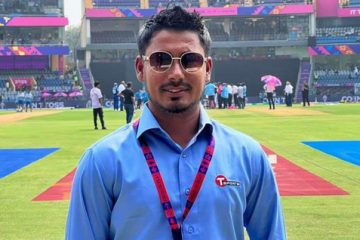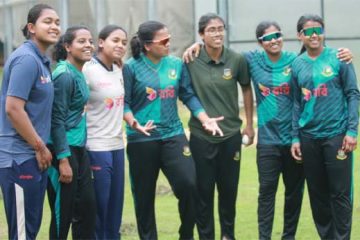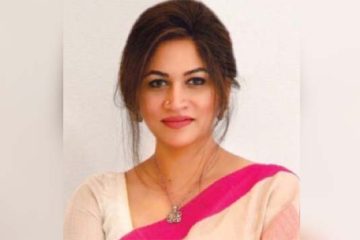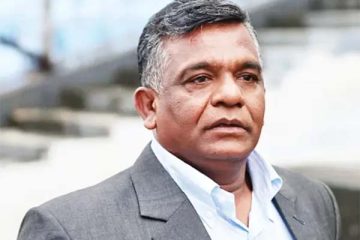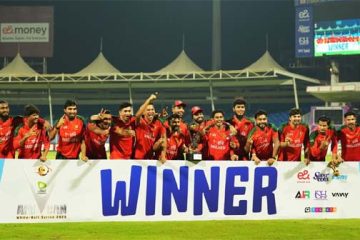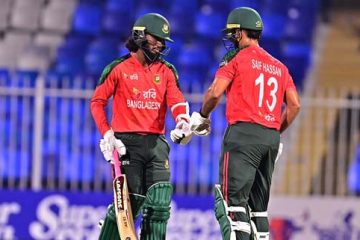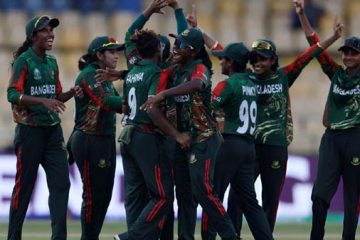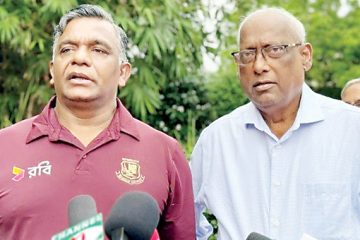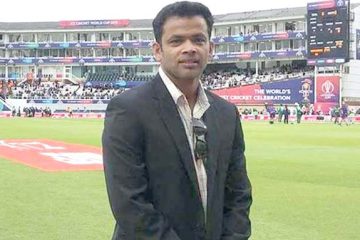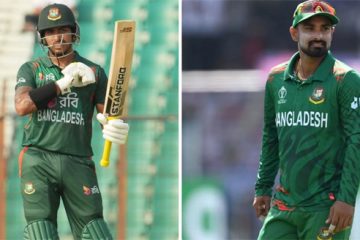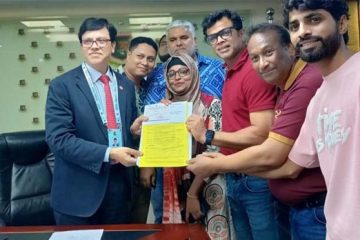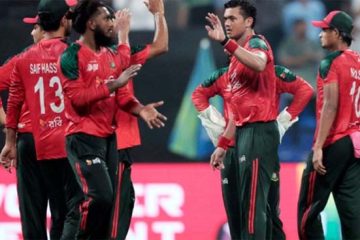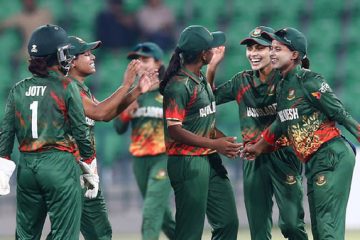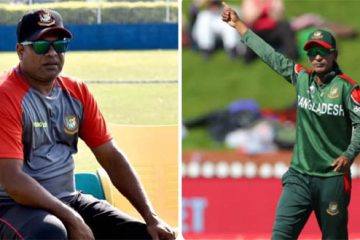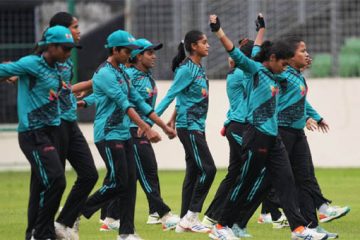ICC Cricket world cup history
1979: West Indian power exercised
Four years after lifting the Cup in the tournament’s inaugural edition, Clive Lloyd and his team were back in England for a repeat performance of equal, if not greater, dominance. The 1979 Prudential World Cup followed the same format as the first — two groups of four, with the top two from each group contesting the semifinals. Minnows Sri Lanka and Canada emerged through a qualifying tournament and joined the six Test nations.
Six of the eleven who contested the final in ’75 remained. The likes of Gordon Greenidge and Vivian Richards, who were inexperienced during the earlier edition, had now built a formidable reputation for themselves. Greenidge hit a century in the first match of the Cup against India and topped the runs chart for the tournament, with Richards in second place, even with one of their matches, against Sri Lanka, being washed out. Richards reserved his best for last — a match-winning century against England in the final.
Desmond Haynes, who was to form the most destructive opening pair in international cricket with Greenidge over the next decade, was still a youngster at the meet. Besides them, the batting rested in the hands of skipper Clive Lloyd, Alvin Kallicharan, Collis King and wicketkeeper Deryck Murray. There was a nice balance between strokeplayers and batsmen who could drop anchor if required.
Like in the previous tournament, here too the bowlers were instrumental in West Indian dominance. A look at the wickets chart will reveal that only one, Michael Holding, was in the top five. They still had the best attack on show, because the West Indians hunted in packs and shared the wickets. This was the start of the legendary four-pronged pace attack. Each of the four — Andy Roberts, Holding, Joel Garner and Colin Croft — bowled at express speed and each were menacing in different ways.
Roberts now was the undisputed leader of the attack and he developed many variations that kept the batsmen guessing, while always threatening with his deadly bouncer. Michael ‘Whispering Death’ Holding was fearsomely fast, the fastest of the lot according to most observers. Garner, nicknamed Big Bird because of his 6ft 8in frame, used to be able to get steep bounce from a length and also possessed a deadly yorker. Colin Croft, though he played for only five years, was ultra-aggressive, and had no compunctions about inflicting pain on batsmen. King, and at times Richards with his leg-spin, provided backup with his medium pace.
This team won all of their completed matches, with no one truly running them close as Pakistan had done in the previous edition. A testament to the strength and stability of the team is that they played all their matches without a single change in line-up. Powerful performances from Richards and King with the bat and Garner with the ball in the final won them the trophy for the second successive time, and the blueprint for West Indian supremacy was established.

